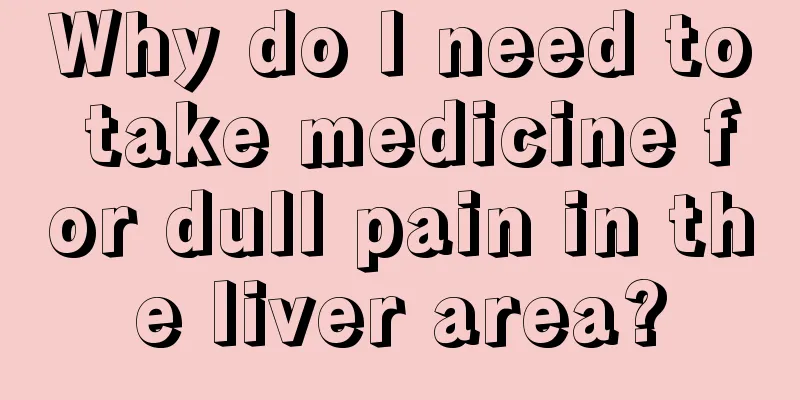What are the signs of pericardial effusion

|
Pericardial effusion is a common disease. Since most patients with pericardial effusion have a relatively small amount of effusion, there are not many clinical signs. To detect pericardial effusion, echocardiography can be used. In recent years, the number of people suffering from pericardial effusion in our country has continued to increase and has exceeded 5.4%. If you want to receive treatment as early as possible, you must understand the signs of pericardial effusion. Let’s take a look at the following introduction. The typical clinical symptoms of patients with pericardial effusion are as follows: Clinical symptoms and signs: The clinical manifestations of patients are very meaningful for diagnosis, but most patients in the data do not have typical clinical manifestations. The incidence of tuberculosis poisoning symptoms such as fever and night sweats in patients with tuberculous pericardial effusion is only 44.18%; the incidence of cachexia manifestations such as weight loss and anemia in patients with tumor pericardial effusion is only 42%. There is no significant difference in the incidence of cardiac tamponade symptoms between tuberculous and tumorous pericardial effusions. About 80% of patients have varying degrees of symptoms and signs of cardiac tamponade. Patients with pericardial effusion have varying degrees of symptoms and signs of pericardial tamponade, such as chest tightness, shortness of breath, inability to lie flat, progressive dyspnea, cyanosis, dull heart sounds, enlarged cardiac dullness, hypotension, decreased pulse pressure, pulsus paradoxus, distended jugular veins, hepatomegaly, and edema of both lower limbs, including tumorous pericardial effusion; in some cases, the first symptoms are fever, chest tightness, chest pain, cough, sore throat, etc. Patients may have a small, moderate, or large amount of pericardial effusion (mostly due to tumors, hypothyroidism, and systemic lupus erythematosus). What diseases may be caused by pericardial effusion? 1. Cerebral hemorrhage There are few reports of pericardial effusion complicated by cerebral hemorrhage. Its occurrence may be related to the obstruction of blood flow back to the heart after a large amount of pericardial effusion, increased pressure in the intracranial blood vessels and rupture of blood vessels. Therefore, during treatment, strict attention should be paid to other associated symptoms. If some symptoms that are difficult to explain by this disease appear, other diseases should be actively sought to avoid missed diagnosis and lack of timely treatment. 2. Infective endocarditis The premise for the occurrence of this disease is that the pericardial effusion contains purulent cells. When infectious endocarditis occurs, due to the involvement of the valves, the exuded fibrin, white blood cells and bacteria can form vegetation and attach to the affected valves. During the echocardiographic examination, the reflected echo formed by this vegetation is the characteristic manifestation of the echocardiogram. On two-dimensional ultrasound, the size, shape, attachment position and activity of the vegetation can also be clearly seen. Therefore, the detection of vegetation is of great help in the ultrasonic diagnosis of infectious endocarditis. |
<<: Is junctional premature beat normal?
>>: What does pericardial effusion mean
Recommend
Will breast cancer recur after being cured?
Will breast cancer recur after being cured? Wheth...
Can pulmonary fibrosis be treated? Do I need to quit smoking?
Pulmonary fibrosis is a worldwide disease and man...
There are three pains in the early stage of lung cancer
Early lung cancer may cause pain in three places,...
Are training pants okay to wear?
Most of the current hot spots focus on sports. Be...
Can I eat yam if I have high blood sugar?
Yam can nourish the body and is called the common...
What are the symptoms of low muscle tone in the baby's legs
Muscle tension is actually the force of traction ...
Introduction to the correct method of exfoliating feet
When taking care of the skin, many people pay mor...
Can toothpaste cure athlete's foot?
I believe everyone knows that toothpaste is used ...
How to prevent termites when renovating a new house
Many people don't realize how much damage tin...
DIY hair mask
Hair needs to be well cared for. Only in this way...
What causes forehead acne and how to eliminate it
Whether female or male, many people have acne on ...
What to do if you blush when you are nervous
What should we do if people blush when they are n...
Will high blood pressure cause tinnitus
In recent years, the prevalence of hypertension h...
What are the symptoms of high blood sugar after a meal
The typical symptoms of diabetes are obesity and ...
How to adjust your baby’s sleeping time?
Babies are prone to poor sleep, and there are man...









